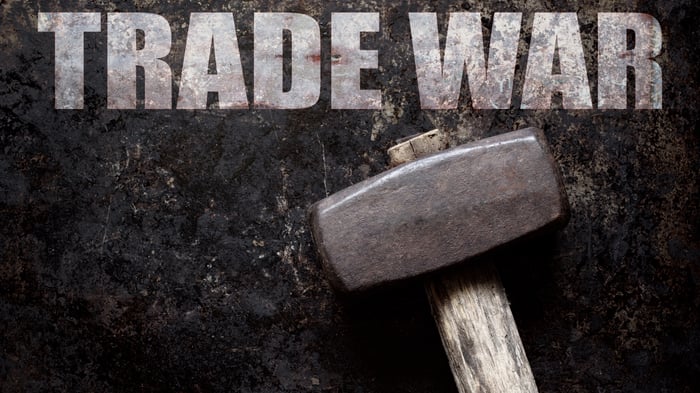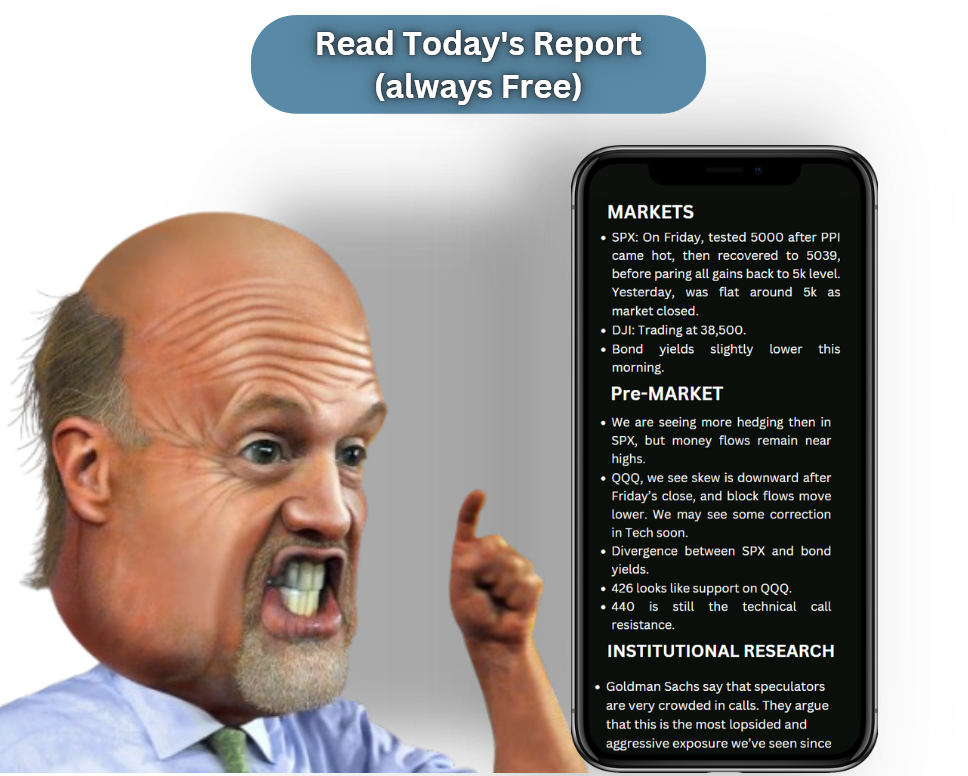Amazon Faces Trade War Challenges Amid Tariff Instability
President Donald Trump’s tariffs have sent shockwaves through the Stock market for weeks. The S&P 500 and Nasdaq Composite have both entered correction territory as investors assess the effects of the ongoing trade war.
While many stocks have taken a hit, some companies are feeling more pressure than others. Notably, Amazon (NASDAQ: AMZN) has fallen over 20% from its peak. This major player in both e-commerce and cloud computing is now grappling with tariff risks.
Mark Cuban, a billionaire investor and tech entrepreneur, commented on the situation by stating that the current tariff scenario could turn “ugly” for Amazon. He shared his thoughts on Bluesky, emphasizing the potential negative impacts on the company:
If these tariffs stick, it’s going to be ugly for Amazon, but incredible for all the American sellers.
[image or embed]
— Mark Cuban (@mcuban.bsky.social) April 5, 2025 at 9:43 PM
This raises the question: How vulnerable is Amazon to tariffs? A deeper analysis reveals several ramifications of a prolonged trade conflict.
Understanding Amazon’s Vulnerability
Amazon has developed a vast business empire but is not shielded from economic downturns. Its revenues mainly stem from discretionary products—such as books, electronics, and clothing—making it more exposed to economic slowdowns than competitors like Walmart or Costco Wholesale. In contrast, these retailers derive a significant portion of their income from consumer staples like groceries, which provide more stability.
Additionally, Amazon Web Services (AWS), typically a major profit driver, is also susceptible to a downturn since its growth relies on business expansion. Overall, tariffs on Chinese imports could diminish Amazon’s profit potential in two key ways: rising import costs and reduced consumer and business spending during economic slowdowns.

Image source: Getty Images.
Tariff Exposure for Amazon
Despite the trade war just commencing, signs of its impact on Amazon are already visible. Third-party sellers on the platform have begun increasing prices on goods imported from China to offset new import taxes. SmartScout, an e-commerce data provider, revealed that prices for 930 tracked products rose by an average of 29% since April 9.
Although Amazon claims that less than 1% of the referenced items have seen price hikes, the data suggests that significant sales revenue is at stake. With China as a crucial source for many product categories on Amazon, the tariffs could threaten to impact tens of billions in sales.
Since nearly three-quarters of Amazon’s e-commerce revenue is generated in North America, the exposure becomes even clearer. Struggling sellers may reduce their advertising expenditures on Amazon, which would further affect the company’s profitability.
The bright spot is that AWS, which accounts for the bulk of Amazon’s income, remains untaxed by tariffs. However, economic uncertainty could still hinder AWS growth, recalling the slowdown experienced in 2022 during previous recession fears.
Is Amazon at Risk?
If tariffs on Chinese imports persist, Amazon and its third-party sellers will likely face considerable challenges due to the company’s size and its dependence on Chinese goods.
On the positive side, much of the potential risk may already be factored into Amazon’s stock price. Currently, it trades at a price-to-earnings (P/E) ratio of just 34, which presents only a modest premium compared to the S&P 500. This valuation suggests that investors anticipate growth, albeit at a lower valuation than in prior years when the stock reached triple-digit P/E levels.
Amazon’s upcoming first-quarter earnings report next Thursday will provide additional insights. While tariffs present challenges, the company’s long-term competitive strength is likely to endure regardless of trade developments.
The views and opinions expressed herein are those of the author and do not necessarily reflect those of Nasdaq, Inc.



